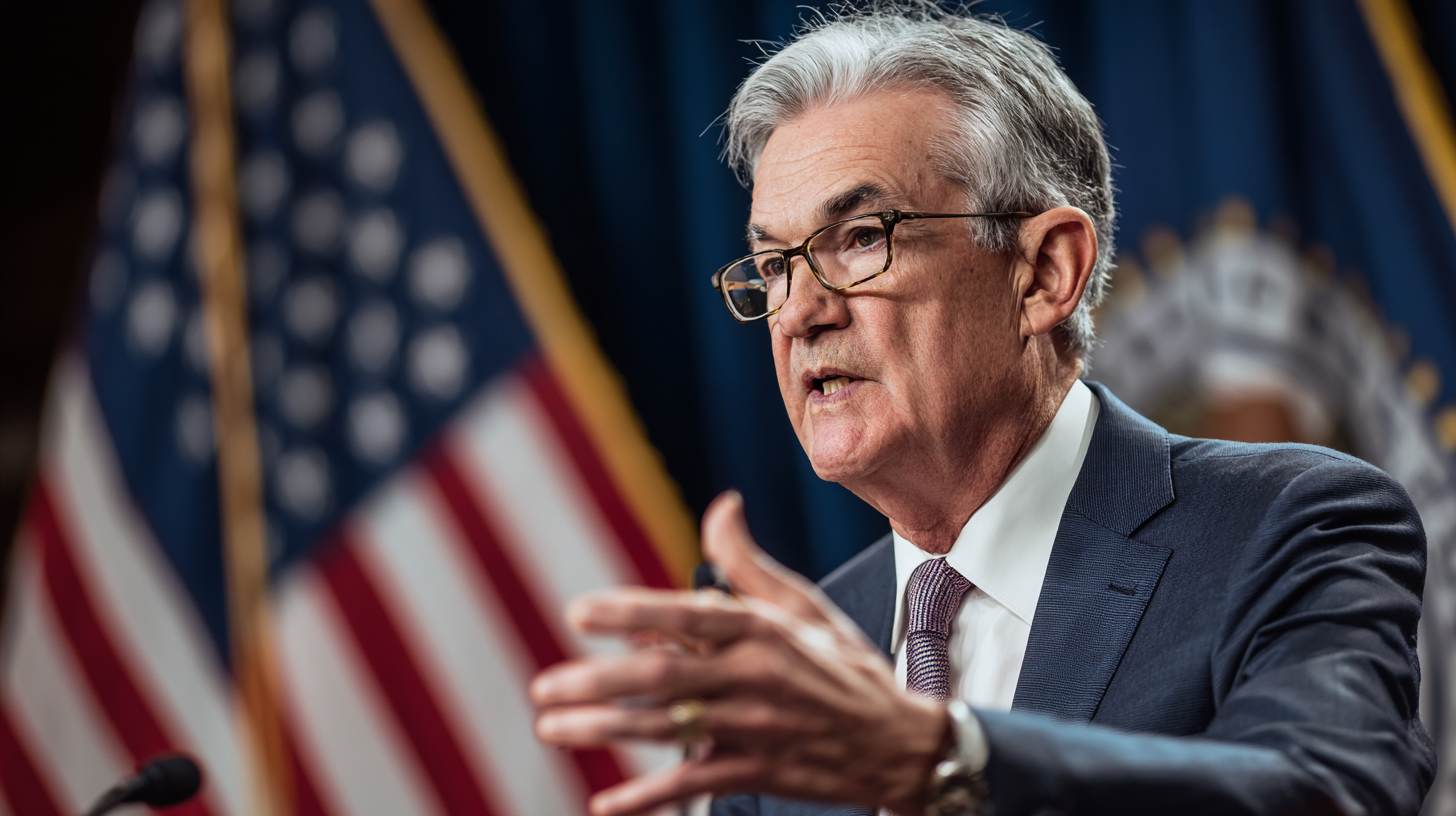The Federal Reserve lowered interest rates for the second time this year on Wednesday, continuing its effort to stabilize the labor market amid rising unemployment concerns and an ongoing government data blackout.
Policymakers voted to reduce the benchmark federal funds rate by another quarter percentage point, setting a new range between 3.75% and 4% — the lowest level in three years. The move reflects the Fed’s cautious approach to balancing slowing job growth, stubborn inflation, and a murky economic outlook made worse by the shutdown of key government agencies.
For the first time in modern history, the Fed made a rate decision without access to a full month of official employment and inflation data. The lack of reliable government reports has complicated policymakers’ efforts to gauge the true health of the U.S. economy, particularly as layoffs from major employers like Amazon and Target signal that labor market conditions may be weakening.
The central bank began easing policy last month after private-sector data showed hiring had slowed to its weakest pace since 2010. Recent updates from payroll processors have indicated a slight rebound in hiring, though overall employment growth remains tepid. Without consistent data, the Fed is navigating largely in the dark, weighing the need to support jobs while keeping inflation contained.
Inflation and Tariffs Create Conflicting Signals
Inflation has cooled modestly in recent months, according to private data, but underlying price pressures remain. Businesses have managed to absorb higher costs tied to new tariffs rather than pass them directly to consumers, though economists warn that could change if trade tensions persist.
President Trump’s tariff policies, alongside shifting trade dynamics with China, continue to inject volatility into markets. The upcoming meeting between Trump and Chinese President Xi Jinping in South Korea could shape the trajectory of global trade and influence inflation expectations heading into 2026.
Despite these uncertainties, the Fed is signaling that its priority remains preventing a sharp rise in unemployment. The central bank’s rate cuts are designed to lower borrowing costs for businesses and consumers, encourage investment, and keep economic momentum intact as trade and political risks intensify.
In a separate announcement, the Fed confirmed that its three-year effort to reduce the size of its balance sheet will conclude by December 1. The portfolio — which peaked near $9 trillion in 2022 after the pandemic-era stimulus — has been trimmed to roughly $6.6 trillion, a level officials now view as closer to normal.
The move signals confidence that the financial system no longer requires extraordinary liquidity support, even as rate cuts continue.
For investors, the Fed’s latest cut underscores a cautious but proactive stance in navigating a fragile economic environment. Lower interest rates generally benefit equities, particularly small-cap stocks, which tend to be more sensitive to borrowing costs and domestic growth trends.
If the easing cycle continues, small-cap companies could see improved access to capital and renewed investor interest, especially in sectors like industrials, consumer goods, and technology — areas that often rebound first when monetary policy shifts dovish.
Still, with limited visibility into key economic indicators, volatility is likely to remain elevated in the weeks ahead. Market participants will be watching closely for updates on inflation, trade policy, and the labor market once government reporting resumes.
